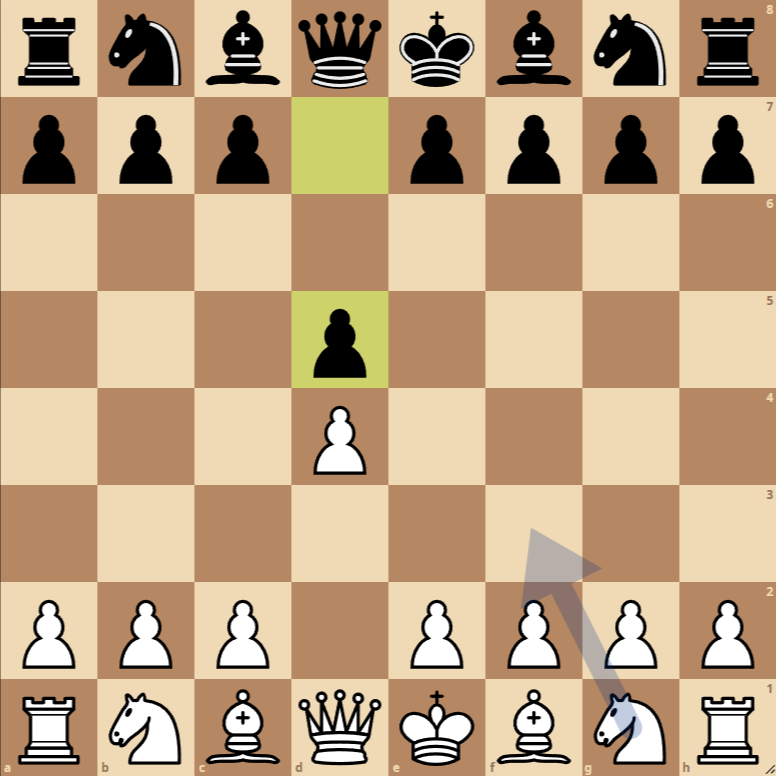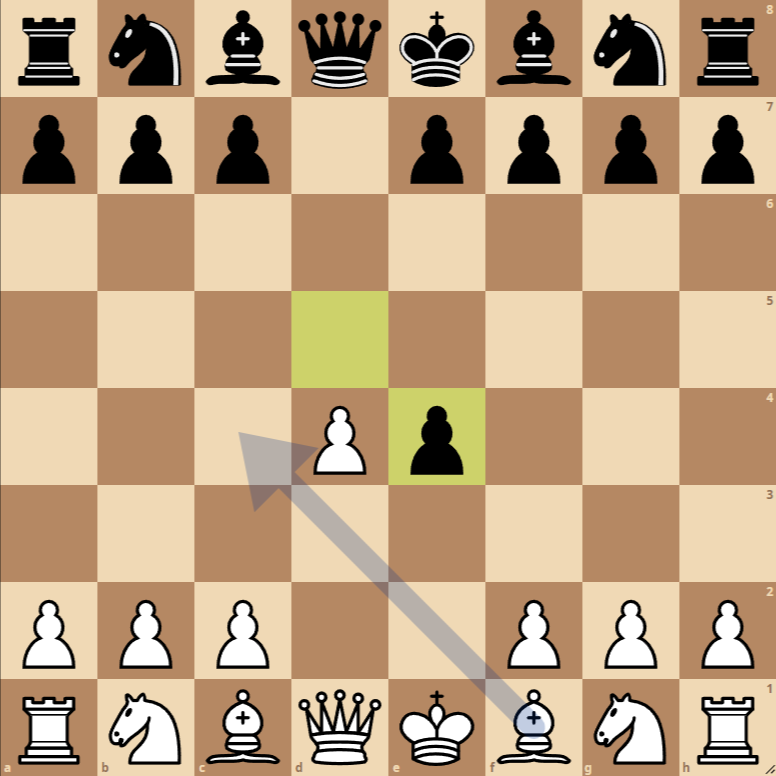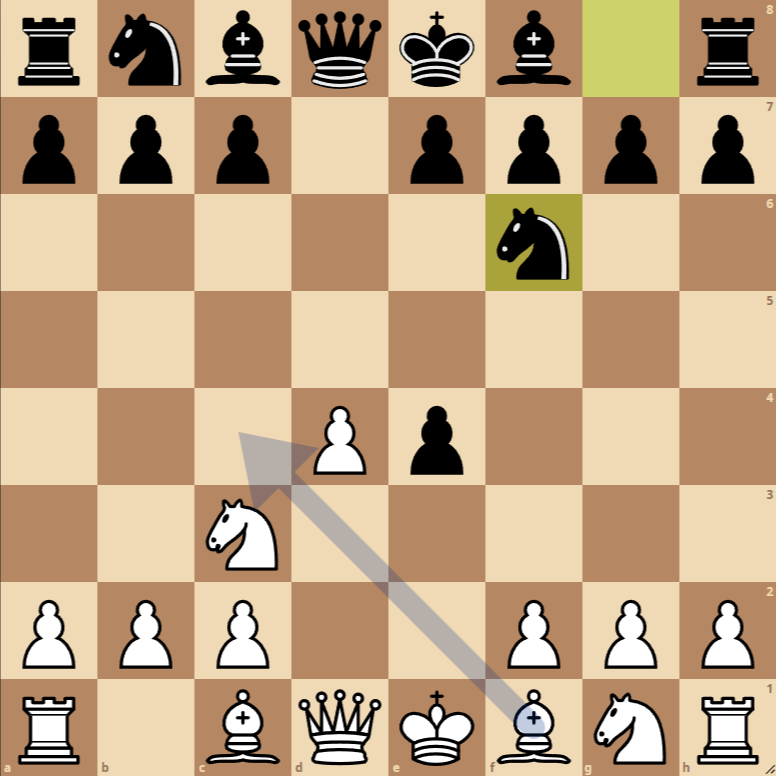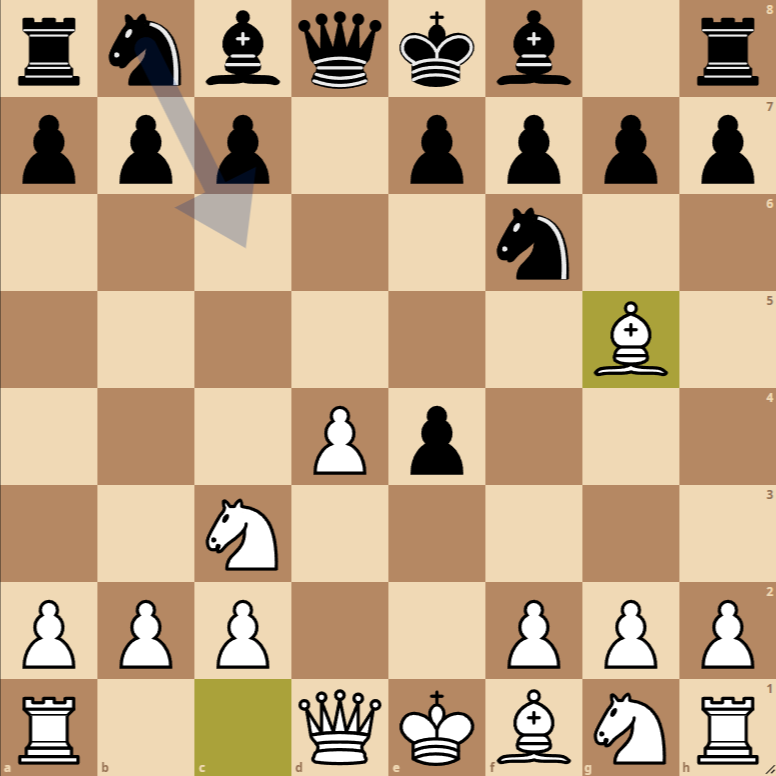How to Play the Blackmar-Diemer Gambit von Popiel Gambit Opening



The Blackmar-Diemer Gambit von Popiel Gambit Opening is an aggressive choice for white that aims for quick development and control of the center, sacrificing a pawn in the process. Here is the breakdown of the moves in algebraic notation and their explanation:
- 1. d4 d5: Both players advance their king’s pawns toward the center, aiming to control key squares.
- 2. e4 dxe4: White offers a pawn (the gambit) to divert the black pawn and open lines for their pieces. Black accepts the gambit.
- 3. Nc3 Nf6: White develops their knight to the center, threatening to recapture the sacrificed pawn. Black develops their knight to defend the advanced pawn and prepare for further development.
- 4. Bg5: White develops their bishop, aiming at the black knight on f6, adding pressure to the focal point in the center, and preparing the ground for future tactics and attacks.
Variations of the Blackmar-Diemer Gambit von Popiel Gambit Opening
There are several continuations and lines that black can follow after the pawn sacrifice, each with its own ideas and plans. Although we focus on the main line here, it is important to be aware of some variations to be prepared for different responses from black.
Black’s Defense with e6
One possible response from black after the pawn sacrifice is to play e6, aiming to solidify their center and prepare the development of their dark-squared bishop. This line leads to a more closed pawn structure and requires precise play from white to maintain the initiative.
Black’s Pawn Advance to e5
Another variation includes the black pawn advancing to e5, directly challenging white’s center and seeking to gain space. This line is more aggressive and can lead to an open game with attack possibilities for both sides.

